Toxic Plants for Dogs: What Every Dog Owner Needs to Know Part 2
Toxic Plants for Dogs. What Every Dog Owner Needs to Know to keep toxic plants out of their homes. Keeping your dog safe.
9/25/20242 min leer
Continued from Part 1:
Toxic Plants for Dogs: What Every Dog Owner Needs to Know Part 2
Here are additional plants common in South Florida and the symptoms dogs might experience if they ingest them:
Pothos (Devil’s Ivy): Oral irritation, drooling, vomiting, difficulty swallowing.
Kalanchoe: Vomiting, diarrhea, heart arrhythmias.
Yew (Not as common in South Florida): Sudden death, vomiting, tremors, difficulty breathing.
Castor Bean: Severe abdominal pain, drooling, vomiting, diarrhea, tremors, seizures, death.
Foxglove: Heart issues, vomiting, diarrhea, weakness, death.
Lily of the Valley: Vomiting, diarrhea, decreased heart rate, seizures.
Morning Glory: Gastrointestinal upset, hallucinations, tremors, disorientation.
Marijuana: Incoordination, vomiting, drooling, tremors, lethargy, potentially coma.
Being aware of these common toxic plants can help you create a safer environment for your dog. Ensure that you remove or securely fence off these plants in your garden, and keep indoor plants out of reach. Always supervise your dog during walks to prevent them from ingesting harmful plants. If you suspect your dog has ingested a toxic plant, contact your veterinarian immediately.
Please see Part 3 on Toxic plants for your dog. Your fury family member is our priority and we want to see them healthy and happy.




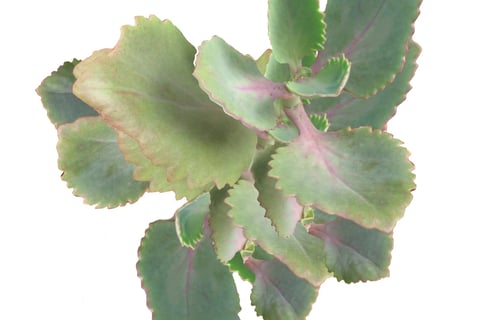

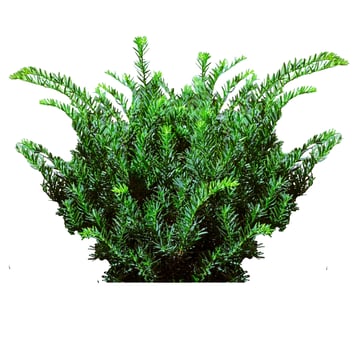

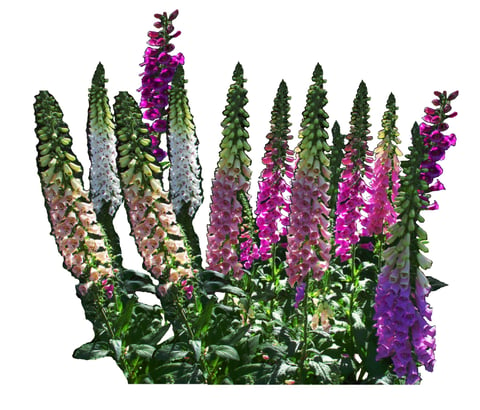

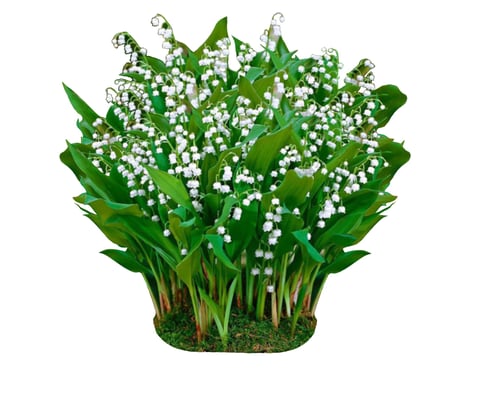

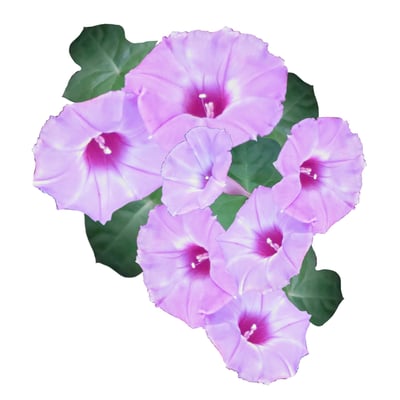

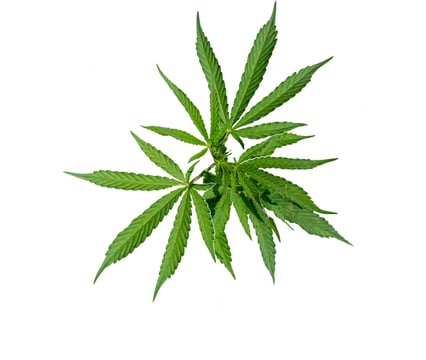

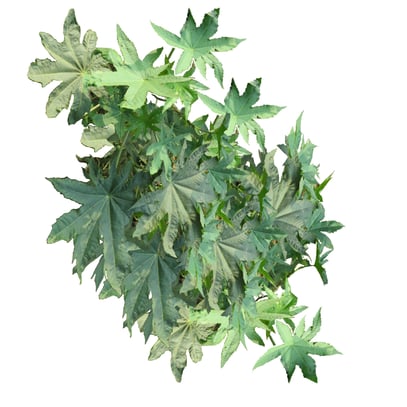

Good Dog Guru Training
Professional dog training services tailored to your needs.
Call:
3.0.5.-.3.6.4.-.4.8.7.8
3 0 5 - DOG - GURU
© 2024. All rights reserved.
